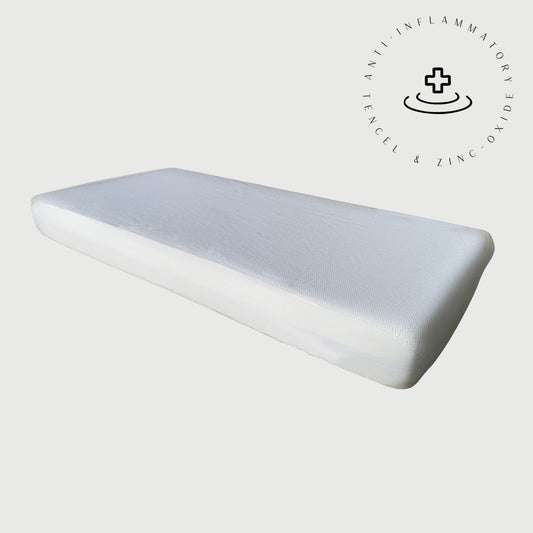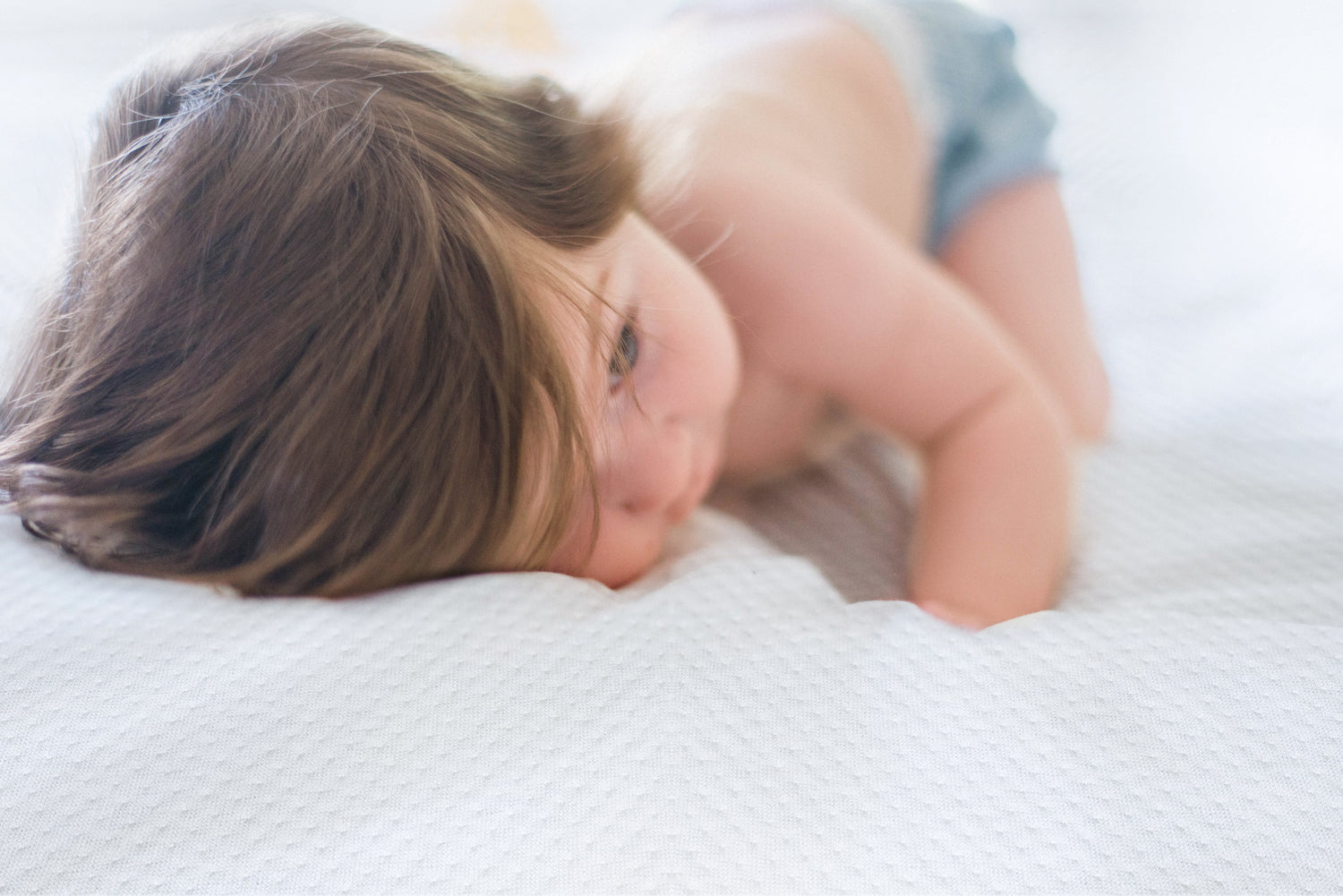This article was last updated on 10 November 2023
What is lyocell?
Lyocell is a material made from wood cellulose. Because of the small environmental impact, it has grown in popularity and is starting to become a common material in clothing manufacturing.
How is lyocell produced?
Lyocell is made from wood pulp from the eucalyptus tree. The manufacturing process takes place in a closed circuit, which means that it does create any waste. No aggressive or harmful chemicals are used, but only renewable materials, which makes the fabric completely biodegradable and more sustainable. Compared to cotton, the process requires less than half the water consumption.
Is lyocell sustainable?
Only renewable raw materials are used in the creation of lyocell making it fully biodegradable and eco-friendly. Compared to cotton, lyocell uses less than half as much water in production. This makes lyocell one of the most sustainable choices for textiles on the market.
The European Union awarded the lyocell production procedure with the 2000 European Environmental Award in the category “technology for sustainable development”.
What qualities does lyocell have?
Lyocell is a super soft silky fabric. The fabric is very durable due to its long fibers. It is smooth and light, feels soft against the skin, and is very breathable. Lyocell is good for temperature regulation and is moisture-wicking. The fabric has antibacterial qualities which make it a good alternative for people with sensitive skin.
The combination of lyocell and zinc in a fabric
In our fabric, lyocell fibers have been combined with pharmaceutical-graded zinc oxide. High-quality recycled zinc is melted and oxidated to create a white powder of pure zinc oxide. The powder is then added to the lyocell fibers using a patented method. This results in a special lyocell fiber that is both sustainable for the environment and soothing for sensitive skin.







